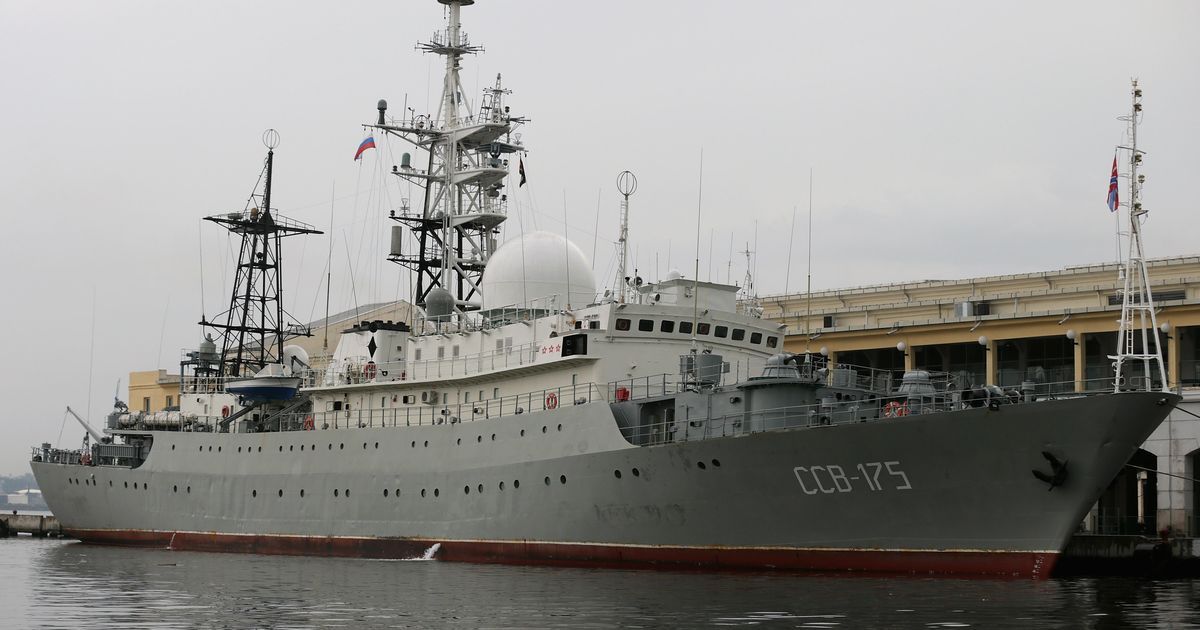Retail is dieing.
Buffett’s been paring his stake in Walmart since. He first bought shares in Walmart in 2005.
He said Amazon’s competitors, “including us in a few areas, have not figured the way to either participate in it, or to counter it.”
Since the end of 2014, Walmart shares have fallen 21% compared with a 119% jump in Amazon.








